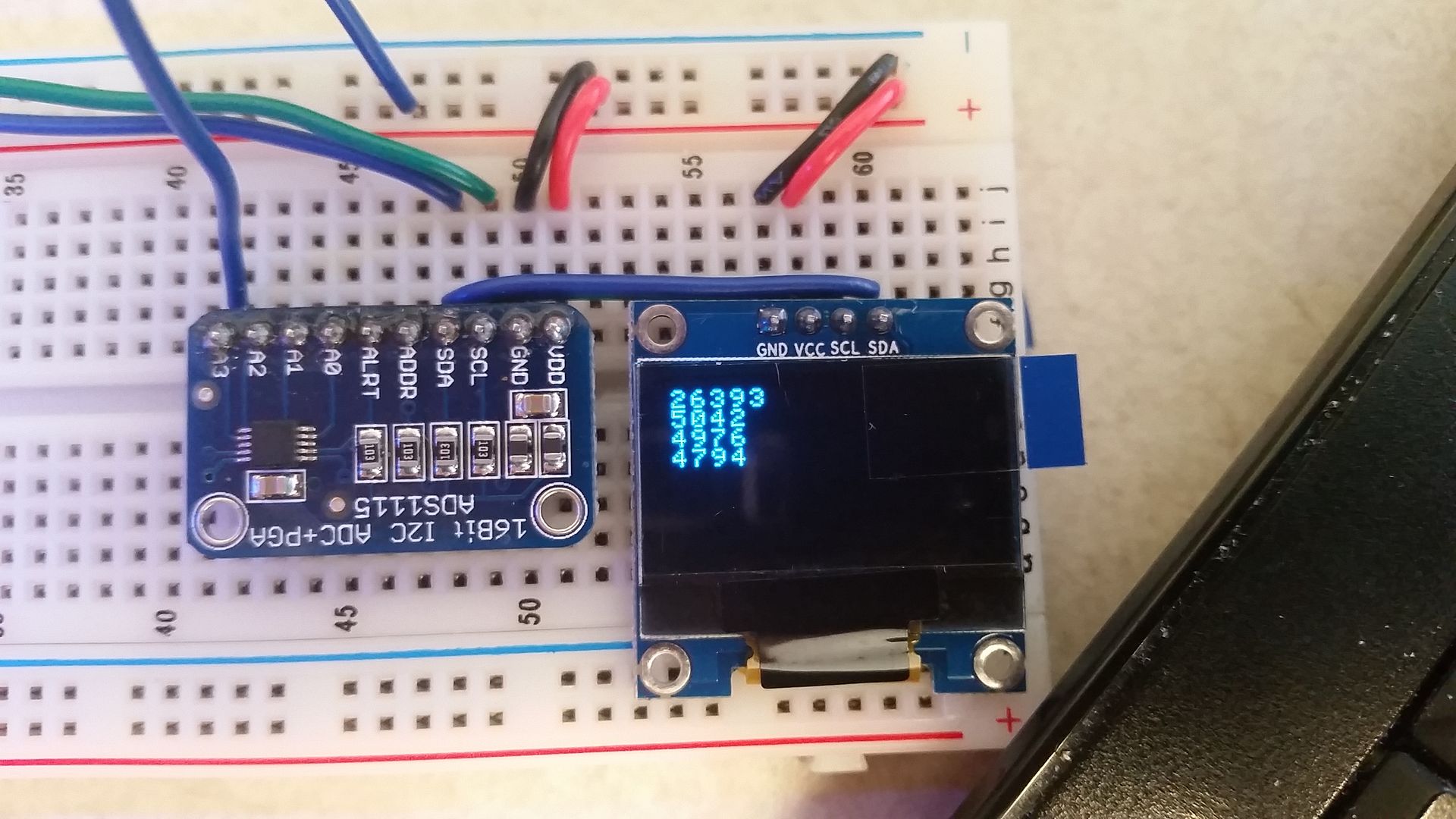Good eye! I saw that too. BTW I successfully got an LED blinking on pin 7 for output% of TEMP_MEASURE_PERIOD, I just haven't had time to retrace my steps to share with you. It came down to the variable 'elapsed' in GrillPid::doWork != the elapsed time between TEMP_MEASURE_PERIOD but the elapsed time between 'adjustment' periods.I did manage to get all the code to compile, started to make some of the suggested modifications and such, still compiles... I haven't yet connected any hardware, so I wouldn't have any idea at this point , what it is or isn't capable of. While doing all of the above, I've at least gained some further familiarity with how everything comes together.
Pin 7 apparently was at one point or another going to be used for a 'soft reset', so to try and use that pin , you have to comment out some lines. Hopefully over time, I will better understand more of this code and be able to contribute a bit more to finding ways to incorporate pellet grill control into it.
Let me leave you with this final thought... and it is really , something that would be used after the basics have been accomplished... The standard/basic pellet grill controls temperature , by only adjusting the feed rate of the auger. If ambient conditions remain constant, and the lid isn't up, all you do is maintain a single steady duty cycle, that keeps feeding pellets in at the same rate. If ambient temperatures go up or down, you might have to increase or decrease the duty cycle / auger feed rate. More advanced grills start to modify the fan to try and slow down the burn rate at times ( when the pellets go from smoldering to full burn) to try and even out the temperature swings that naturally occur on the basic pellet grill. That fan speed adjustment in many ways, is very similar to what the heatermeter normally does... increasing the fan rate when things have cooled down a bit too much, decreasing it as temperature rises above the desired set point. The advanced pellet grill control, would need to find a steady auger feed rate, then adjust the fan a bit here and there to even things out even more. So... Originally, I had been thinking of totally abandoning the fan control that the heatermeter does and only control auger... but the more I think about it, it's good to leave the adjustable fan concept in the code ( it might need further modifications to actually work well in conjunction with the auger feed however ).
Anyway, thank you all for contributing to the cause...
As I don't have a pellet grill I'm afraid I can't help as far as the actual logic for a fan+auger goes. Maybe adapt the damper servo logic to the auger, and the blower to the fan? Might be easier to switch out your pellet grill's 120v AC fan for the standard heatermeter DC fan, the relay can't control the AC in the way the heatermeter controls its blower.
Last edited:





